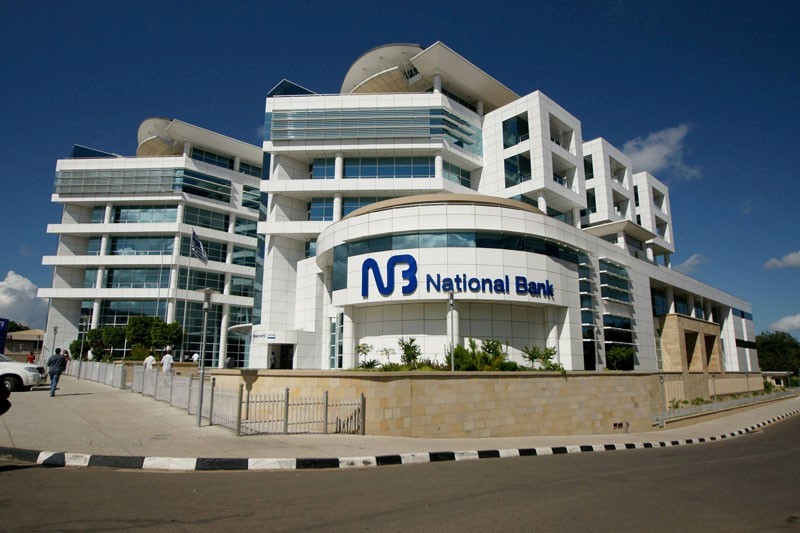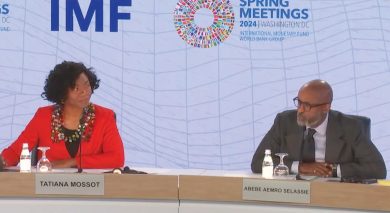Power demand soars
The Electricity Supply Corporation of Malawi (Escom) sold 1 576 gigawatts (GWh) of electricity in 2020, a 6.3 percent rise from the previous year’s 1 477 GWh, Treasury figures have shown.
In its 2020 Malawi Annual Economic Report, Ministry of Finance the rise followed an increased in the customer base also increased by 6.13 percentage points from 413 816 to 439 187.
This is, however, despite the country experiencing a declining trend in the total energy generation in all power stations as a result of low water levels in Lake Malawi and reduced flow in the Shire River, despite the high availability of generation plants, high maintenance levels and increased number of registered customers.

Reads the report in part: “From a grand system total of 160 285,126.97 kilowatt (kWh) generated in July 2019, the generation capacity has been steadily declining in all power stations across the country reaching 139 337 495.52 kWh in March 2020.
“In terms of sales of electricity by customer category, 36 percent was sold to domestic customers while the general category accounted for 19 percent of the sales. While industries in the low voltage [LV] and medium voltage [MV] customers’ categories accounted for 18 percent and 26 percent respectively.”
The government targets to increase access to electricity to 30 percent by 2030.
To achieve these aspirations, government has developed an Integrated Resource Plan (IRP) for power development (generation and transmission facilities) as a development strategy blueprint for Malawi’s electricity sector requirements up to year 2037.
The IRP sets out a road map for optimal and least-cost expansion and development of the Electricity sector in Malawi spanning over 20 years from 2017 to 2037.
Meanwhile, Malawi now faces a 358 megawatts (MW) power generation deficit with the country’s current electricity demand projected at about 800MW.
Speaking when he commissioned the $56 million (about K44.3 billion) Tedzani IV Project financed with $52 million grant from Japanese International Cooperation Agency (Jica) and $4.8 million from Electricity Generation Company (Egenco), President Lazarus Chakwera underscored the importance and need to improve electricity generation, saying electricity is critical to the country’s vision to create jobs and wealth as well as achieve food security.
He acknowledged that Malawi has for long suffered power shortages; hence, the country is not in a position to wait any longer.
Chakwera said: “If we do not get things right in our power supply service, it will have a knock-on effect on our vision to create jobs, create wealth and create food security
“That is why I identified and called for investments in the energy sector as one of my administration’s accelerators towards that vision.”
Energy expert Grain Malunga said that to keep pace with industrialisation and economic development, the country should maintain momentum in the sector neglected for long.
Currently, hydropower is the main source of electricity in Malawi generating nearly 90 percent of the power. Hydro power plants generate 390.55MW while 51.4MW is from thermal power plants.





